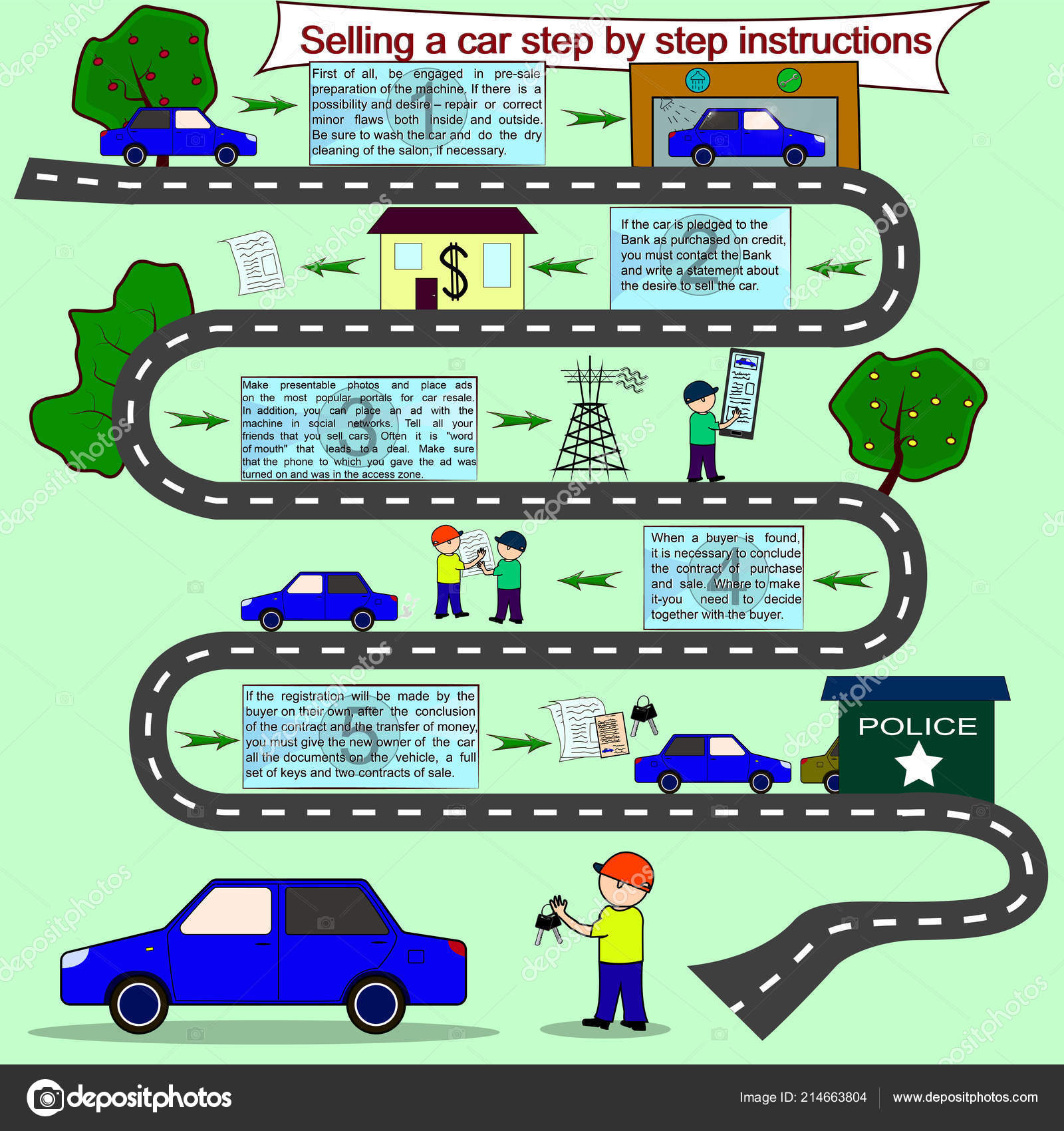Deciphering Your Car'S Warning Indicators: What They Truly Symbolize
Deciphering Your Car'S Warning Indicators: What They Truly Symbolize
Blog Article
Personnel Writer-Sykes Corbett
When you lag the wheel, those glowing warning lights on your control panel can be a little bit difficult. Do you know what they're trying to inform you about your cars and truck's wellness? Understanding the significance of these lights is important for your security and the durability of your automobile. So, the following time one of those lights pops up, would not you wish to decode its message properly and take the required steps to resolve it?
Common Caution Lighting and Interpretations
Recognize usual warning lights in your vehicle and comprehend their definitions to make certain risk-free driving.
One of the most common caution lights consist of the check engine light, which signals issues with the engine or exhausts system. If this light comes on, it's critical to have your automobile checked promptly.
The oil pressure alerting light indicates low oil pressure, requiring prompt focus to avoid engine damage.
A blinking battery light may recommend a malfunctioning charging system, potentially leaving you stranded otherwise dealt with.
The tire stress tracking system (TPMS) light signals you to low tire stress, affecting car security and gas efficiency. Neglecting this could result in unsafe driving problems.
The abdominal muscle light suggests a problem with the anti-lock stopping system, compromising your ability to stop swiftly in emergency situations.
Finally, the coolant temperature alerting light warns of engine overheating, which can cause severe damages otherwise settled quickly.
Comprehending these typical warning lights will certainly assist you resolve issues without delay and keep risk-free driving problems.
Importance of Prompt Attention
Comprehending the common warning lights in your cars and truck is just the very first step; the significance of promptly attending to these cautions can't be emphasized sufficient to guarantee your security when driving.
When a warning light brightens on your dashboard, it's your car's means of interacting a prospective problem that requires attention. Neglecting these cautions can cause much more serious problems down the road, jeopardizing your security and possibly costing you more in repairs.
Prompt interest to warning lights can avoid breakdowns and crashes. For https://blockclubchicago.org/2022/04/04/from-changing-tires-to-tackling-household-projects-the-diy-grrl-collective-aims-to-empower-chicagoans-to-do-it-themselves/ , a blinking check engine light can suggest a misfire that, if left neglected, might cause damage to the catalytic converter. Addressing this without delay can conserve you from a pricey repair.
Similarly, a brake system alerting light may indicate low brake fluid or worn brake pads, vital components for your safety when driving.
DIY Troubleshooting Tips
If you see a caution light on your dashboard, there are a few do it yourself repairing pointers you can attempt before looking for expert aid.
The very first step is to consult your vehicle's guidebook to recognize what the specific caution light shows. Sometimes the concern can be as simple as a loose gas cap setting off the check engine light. Tightening the gas cap might resolve the issue.
just click the next webpage is a reduced battery, which can activate numerous alerting lights. Examining the battery connections for corrosion and ensuring they're safe and secure may take care of the problem.
If a caution light persists, you can try resetting it by detaching the cars and truck's battery for a couple of mins and then reconnecting it. In https://spencerrmhcw.atualblog.com/37356167/brace-yourself-for-an-eye-opening-expedition-of-car-repair-including-unforeseen-findings-that-will-modify-your-understanding-you-won-t-believe-what-you-ve-been-missing-out-on , inspecting your car's fluid levels, such as oil, coolant, and brake fluid, can aid troubleshoot cautioning lights related to these systems.
Verdict
In conclusion, recognizing your car's caution lights is necessary for maintaining your car running efficiently and securely. By quickly addressing these signals and knowing what they imply, you can avoid expensive repairs and potential breakdowns.
Bear in mind to consult your cars and truck's manual for particular information on each cautioning light and do something about it accordingly to ensure a hassle-free driving experience.
Stay educated, stay secure when traveling!
